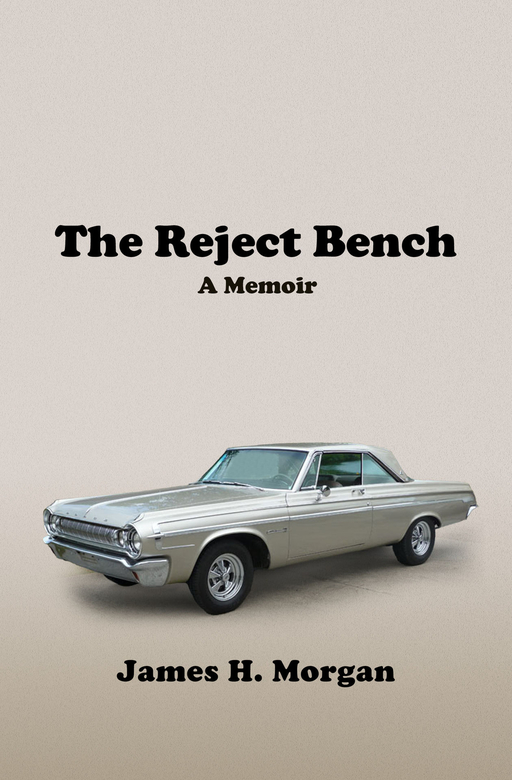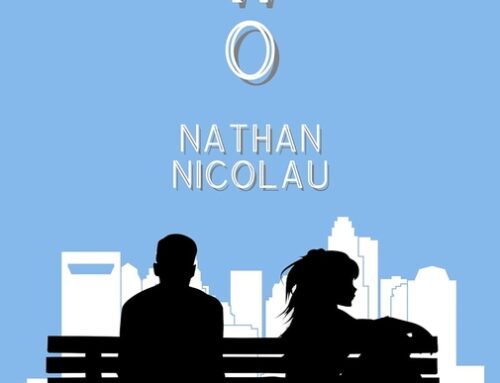
James H. Morgan pulls back the curtain on his own high school experiences during the early 1960s in his The Reject Bench, a sensitive, authentic, and eye-opening look back. Celebrating the uncertainty of youth, and acknowledging the weight of adulthood, this is a nostalgic and vulnerable read.
Setting the internal tensions of normal teenagers against the external stress of the early 1960s, this six-year memoir is an impressive glimpse into the past, imbued with the honesty of autobiography. From playing catch with his friends and chauffeuring the family to church to SoCal free thinking and the assassination of JFK, this story is a wild ride through the daily life of one young man who always kept his eyes and mind open.
The relatability of the author’s time in high school during dynamic times is undeniable; everyone has experienced loneliness and isolation, as well as existential panic in those years – often at lunch benches similar to this one. Morgan’s skill in storytelling and summoning these emotions make this narrative a powerful display of memory. There is undeniable tenderness in the prose, and in the dialogue of these raucous and revelatory young people who are caught up in an unpredictable world not of their making.
Readers are given short peeks into every conceivable area of James’ life – school and family dynamics, neighborhood kids, hobbies, and his own rich internal world of puberty and curiosity, but James stands in as a case study of a generation. This is as much a comprehensive portrait of an era as it is a character-driven story, and the inclusion of challenging subject matter, such as racism and patriotism in the face of an unjust war, adds serious depth to the narrative. Even simple and seemingly innocuous exchanges are touched by the times, and many of these same issues remain volatile today, giving this 1960s blow-by-blow a timely appeal.
At times, the book reads like a novel, particularly due to its detail, making it also quite a dense read, with many blurry spots of memory creatively filled in from the vantage point of six decades. There are some areas that could be trimmed, including some of the more procedural elements of school, such as the grades he secured or seemingly non-seminal moments in gym class or his childhood kitchen. The book may be thorough to a fault – as is the case in any memoir, the story is life itself, boring bits and all, yet there are so many dramatic moments from the era writ large that these smaller details are not crucial to the narrative.
On a technical level, there are some odd choices in vernacular and colloquial speech, with inconsistencies in the use of contractions, which affects the natural flow of conversation from time to time. A final proofread – or a read-through out loud of the dialogue – would make the banter sparkle even brighter.
All told, The Reject Bench is an engrossing portrait of the era, and Morgan has a unique voice and a keen skill for transporting readers through time. As this is the first in a series, readers will be enticed to see how the author weaves together the next period of history with his compelling life story.
Book Links
STAR RATING
Design
Content
Editing
Get an Editorial Review | Get Amazon Sales & Reviews | Get Edited | Publish Your Book | Enter the SPR Book Awards | Other Marketing Services























Leave A Comment